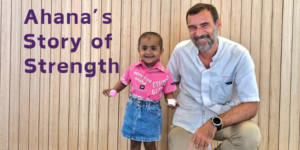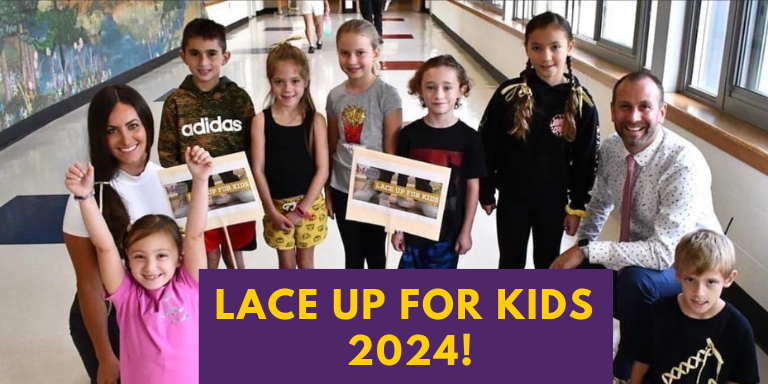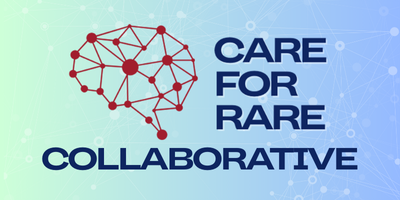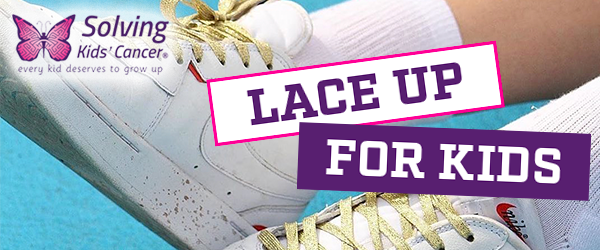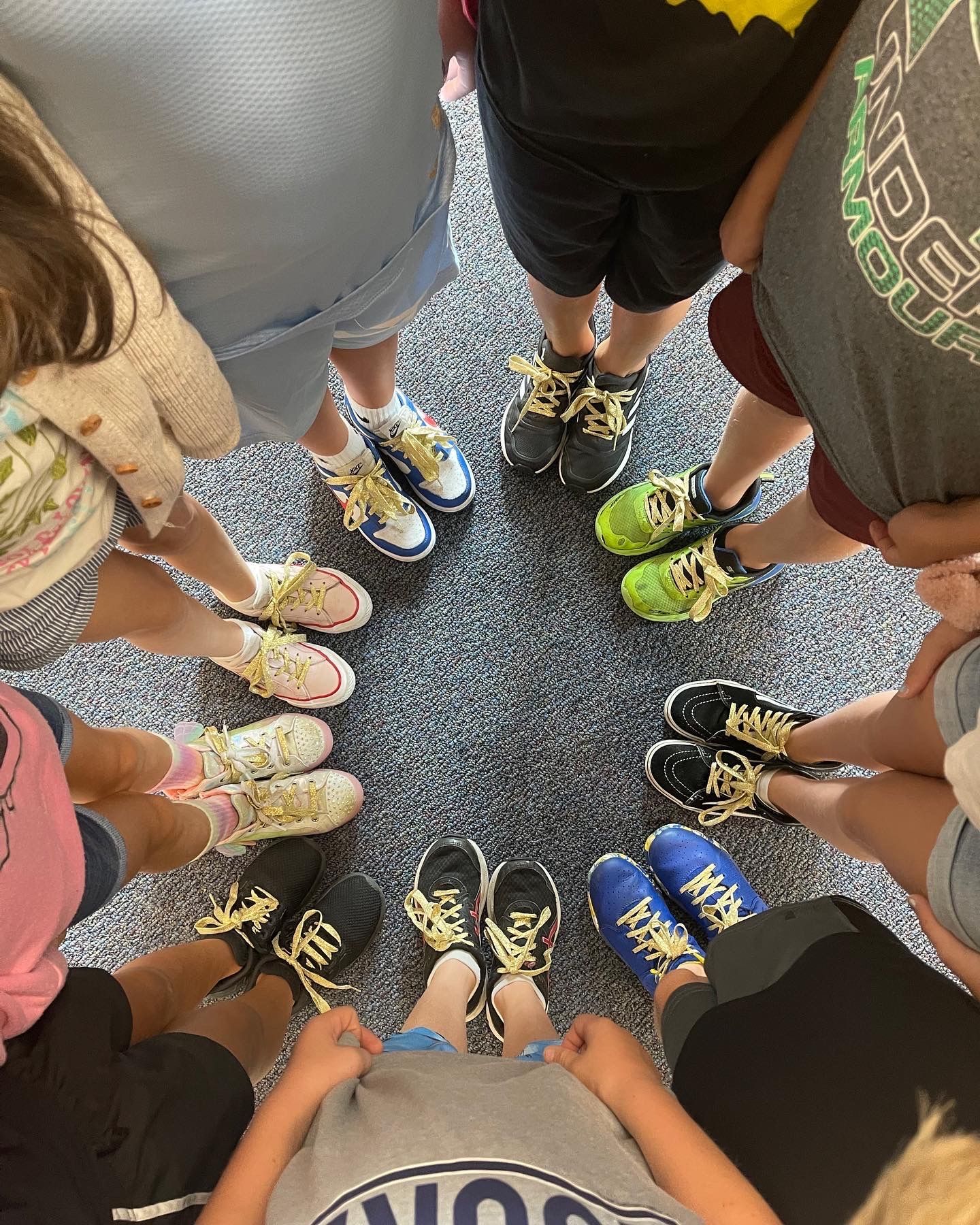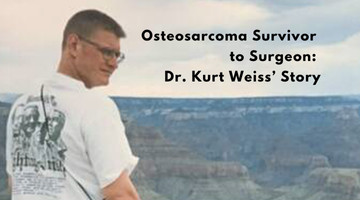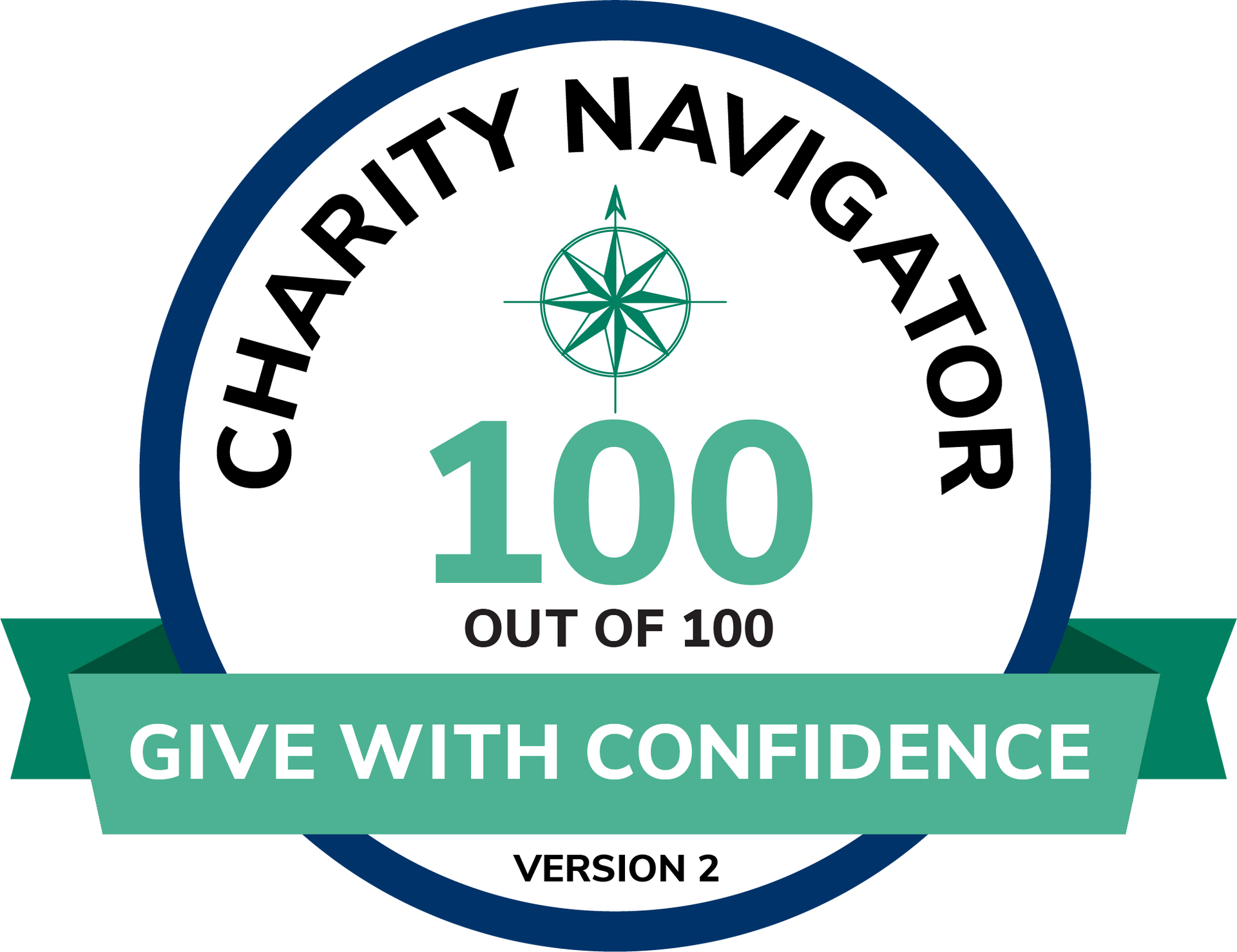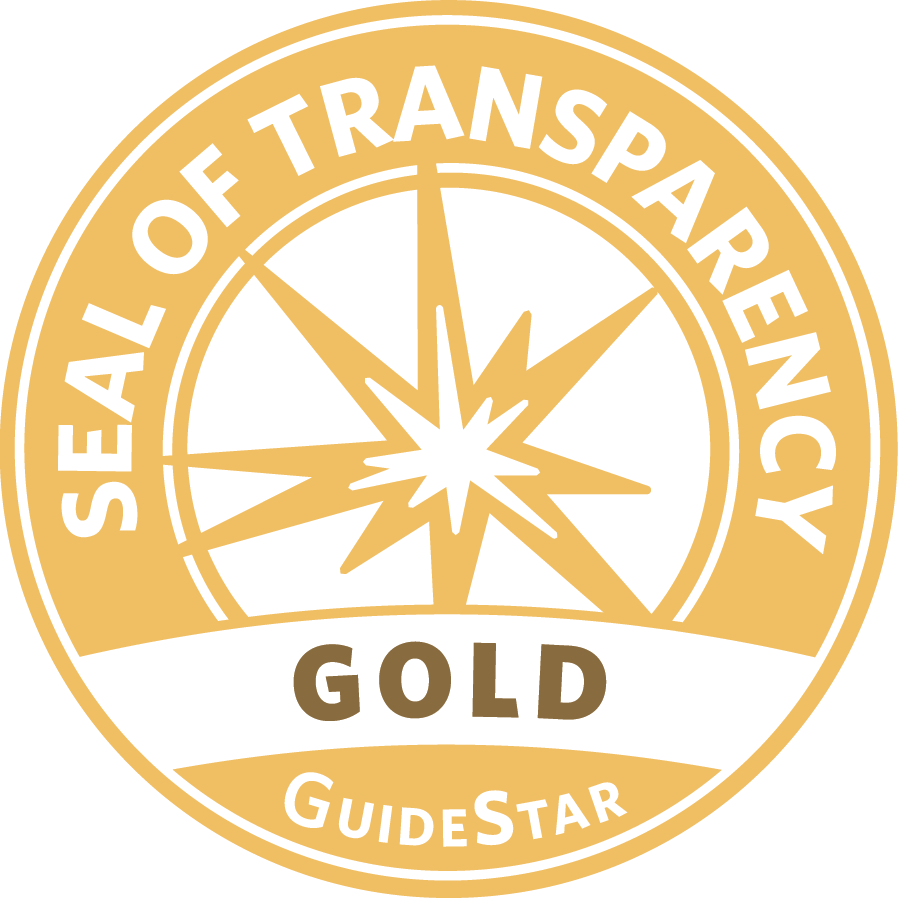Childhood Cancer Resource: 7 Things to Do After Diagnosis
Nothing can ever prepare a parent for the moment they learn their child has cancer. As reality sets in, so does the question: “What comes next?”
To help navigate this challenging time, Scott Kennedy, SKC Executive Director, and Donna Ludwinski, SKC Director of Research Advocacy offer some insights. Both have personal experience with the emotional and practical aspects of this journey, having faced their own children’s cancer battles. They’ve dedicated themselves to improving treatment options for the most difficult-to-treat cancers, drawing from their personal experiences and professional expertise.
Scott, motivated by his son Hazen’s fight, co-founded Solving Kids’ Cancer, while Donna, driven by her son Erik’s journey, has contributed to pediatric cancer research on a global scale. Their insights can serve as a valuable childhood cancer resource for families facing a diagnosis.
Here are 7 essential steps they recommend parents and caregivers consider:
1. Educate Yourself About the Disease
Facing a new and scary diagnosis can feel overwhelming, but gaining knowledge about your child’s cancer can be one of the most powerful tools in your arsenal. “Understanding your child’s cancer is the first step towards empowerment,” Scott advised, “Start by learning as much as you can about your child’s specific type of cancer. Utilize reputable online resources and pediatric cancer resources to gather information. This knowledge will help you to make informed decisions and ask the right questions when discussing treatment options with your child’s medical team.” To give you a head start, here’s a list of questions you can ask your child’s oncologist about their specific cancer type.
2. Create a Community of Support
Drawing from her extensive experience advocating for parents and families, Donna emphasized the value of building a support network and strengthening family bonds: “It takes a village to navigate the challenges of childhood cancer. Seek out childhood cancer support groups for guidance and shared understanding; Reach out to friends and family who can offer a helping hand with daily tasks, such as meal preparation, household chores, and caring for other siblings, to conserve your energy for where it’s needed most.”
Creating a community of support is not just about logistical help; it’s a source of emotional strength. Donna also highlighted, “Make sure to keep open communication within the family to help acknowledge everyone’s feelings and fears.” Sharing this journey can bring a family closer in unexpected ways.
3. Keep a Record of Everything
Keeping track of medical information might seem daunting, but it’s a crucial step in managing your child’s care. Scott suggested, “Start a binder or digital folder to store all the important documents and notes you take. This habit will not only keep you organized but also make you feel more prepared for appointments and discussions with your child’s healthcare team.”
4. Advocate for Your Child
“Never underestimate the power of a parent’s intuition,” Donna shared. “You know your child best, and in the medical world, your voice is critical.” She reminded that parents and guardians should fully understand the medical information presented and not shy away from asking questions or expressing concerns to their child’s doctors. Here is a glossary to help you understand medical terms related to oncology.
Adding to her advice, Donna highlighted, “Seeking second opinions is also part of advocating for your child. It’s about exploring all options and being confident in the treatment plan.” To help drive changes in treatments and care, she also encouraged parents and caregivers to get involved in pediatric cancer advocacy.
5. Prioritize Self-Care
Scott, whose son Hazen bravely battled cancer, knows firsthand how mentally and emotionally taxing this journey can be for a parent. He stresses the benefits of self-care: “In the midst of caring for your child, don’t forget to take care of yourself too. It’s essential to carve out moments for self-care, even if brief.” Whether enjoying a quiet cup of coffee in the morning or taking a short walk in the evening, finding small ways to recharge can significantly enhance your ability to stay strong and supportive of your child.
6. Where to Go for Treatment
If the diagnosis is made by a pediatrician or general practitioner, a child is typically referred to the nearest Children’s Oncology Group (COG) hospital. The child’s oncologist will make a treatment recommendation based on a standard protocol, or recommend enrollment on a current frontline clinical trial. In most cases, the closest COG hospital will treat your child the same as any other hospital.
Some very rare childhood cancers do not have standard protocols and are treated based on tumor board recommendations, and different approaches may be available at other large centers.
7. When to Request Additional Testing
While some pediatric cancers, like leukemia and lymphomas, have seen profound increases in survival rates with advanced treatments, there remain some tumor types that are difficult to treat. If you are facing a less favorable prognosis, talk to your oncologist about additional testing that may reveal targets that can be treated with new drugs or immunotherapies. Many rare tumor types are now being treated based on genetic mutations or antigen expression.
Finding Hope and Support in Research
In the challenging journey following your child’s cancer diagnosis, know that there are organizations tirelessly working to improve outcomes for children facing this battle. At Solving Kids’ Cancer, we focus on driving research and developing safer, more effective treatments for the most challenging pediatric cancers. While our primary role is in research and childhood cancer advocacy, we understand the value of reliable information in these trying times.
We encourage you to explore our website for vital insights, childhood cancer resources, and updates on pediatric cancer research and treatments, which may provide some guidance and hope in your journey. Remember, you are not alone in this fight — together, we’re fighting for a future where every child has the chance to grow up.

